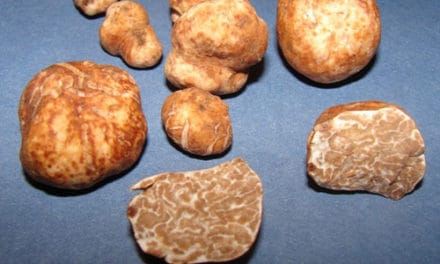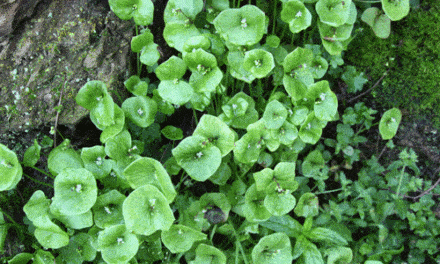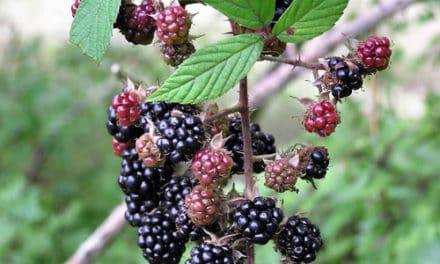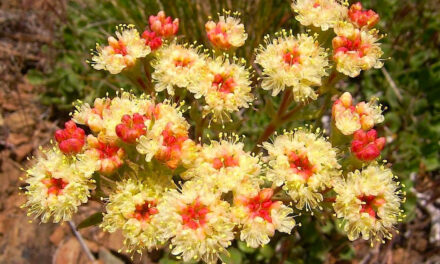Article and Photos By Jim Moore
I suppose that many folks who have spent many hours exploring our many wonderful parks and outdoor recreation areas, are familiar with our small but pretty Mariposa Lily wild flowers, of which there are at least 45 species in California. Perhaps less well known is that for thousands of years the bulbs of these plants were a supplementary food source for the indigenous native Californians first living here.
All parts of the Mariposa Lily plant are edible: the leaves, flowers, seeds, but primarily the small bulbs. The bulbs were eaten raw, boiled, or roasted. Dried bulbs, and seeds, were ground into a powder for future use. The flowers and leaves were eaten outright. I have often seen insects, such as bees, flower beetles, flower flies, and others, visiting the flowers to collect or eat the pollen. The bulbs are also eaten by rodents such as gophers.
Pictured for this story is the Smokey Mariposa Lily (species Calochortus leichtlinii), a mostly California endemic species which lives and grows throughout the higher elevations within the High Sierra Mountains. These lilies, which bloom in spring and early summer, are often observed growing in sunny open areas on mountain slopes, as well as within well drained sandy meadow environments. The flowers are lifted up on branched stems measuring from twelve to fifteen inches tall. The basal leaves often wither away by the time the flower blooms. There may be one to five of these pretty flowers per bulb. Plants are propagated from bulb-lets that bud off from the main bulb; or from seed dispersal.The bulbs, which are situated about four to six inches underground, are able to survive during hot drought like conditions. They are also able to survive most fires that burn over their open habitats. The Mariposa Lilies shown in the photos were found growing on a rocky south facing mountain slope at about 5500 feet in elevation in Lassen County.
The word ‘mariposa’ as most folks in California may know, is the Spanish word for butterfly; which may suggest the ‘pretty like a butterfly’ appearance of many species of Mariposa Lilies. Related species outside California are sometimes called Sego Lilies. I have never harvested Mariposa Lilies as food from the wild. For me they are just too pretty to dig up and eat. In NorCal I would suggest the same – let them live and propagate their kind, and display their beauty year after year. Perhaps consider buying Mariposa Lily seed or bulbs online, or from nurseries that specialize in native plants for the home gardener; you will not be disappointed.













